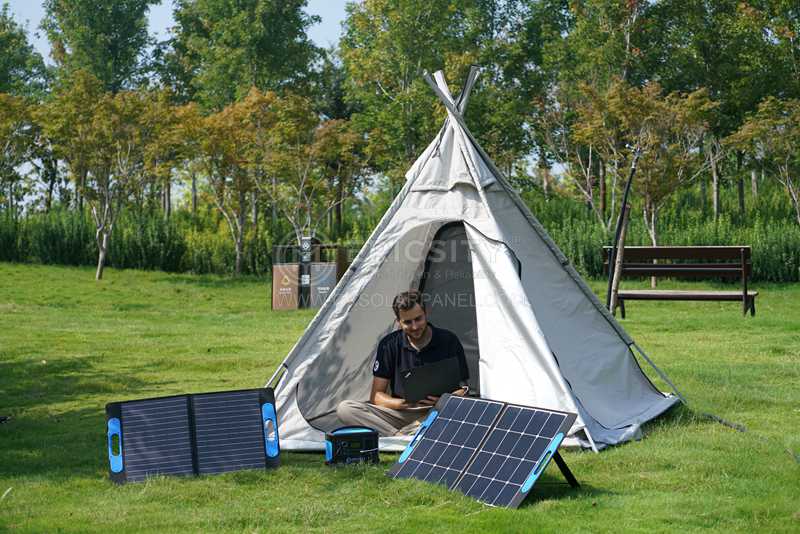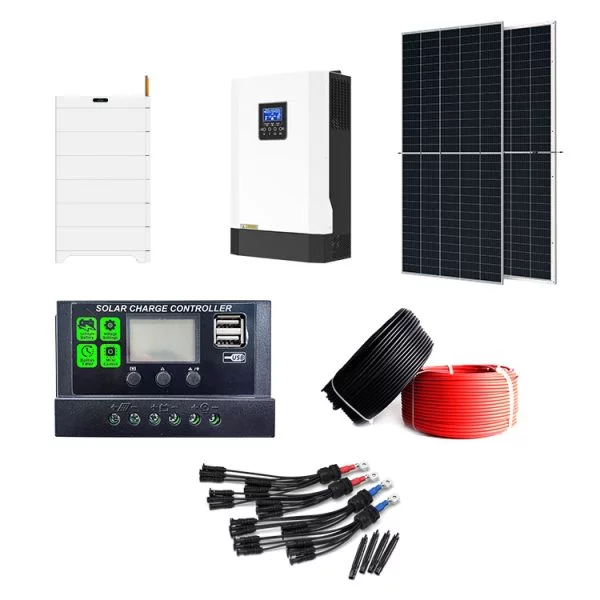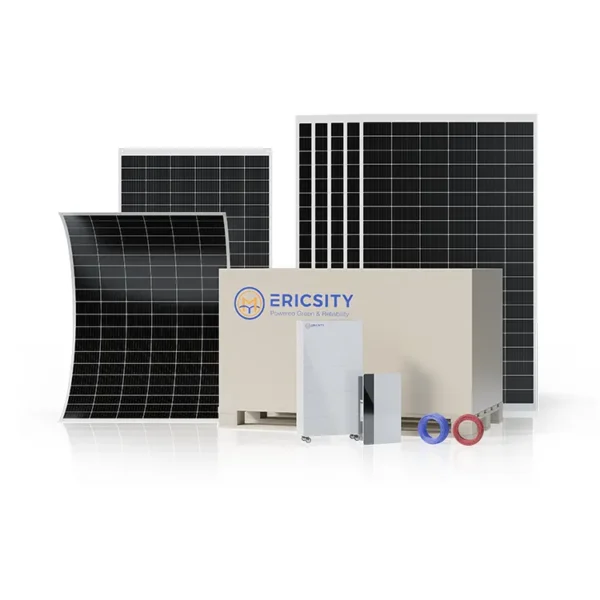HOT PRODUCT
Product Details
Efficiency Meets Adaptability: Exploring 50-watt Flexible Panel Technology
Efficiency Meets Adaptability: Exploring 50-watt Flexible Panel Technology
In recent years, the development of solar panels has revolutionized the renewable energy sector, providing efficient and sustainable alternatives to traditional sources of power. Among the most exciting advancements in solar technology is the emergence of flexible panel systems, which offer newfound possibilities for versatility and adaptability in harnessing the sun’s energy. With a focus on efficiency and convenience, the 50-watt flexible panel technology has taken center stage, offering numerous benefits and applications across various industries.
Flexible panels, as the name suggests, are designed to have a bendable structure, allowing them to be installed on surfaces that are not traditionally suitable for fixed solar panels. This flexibility extends the range of potential locations for solar installations, making them ideal for irregular or curved surfaces, such as vehicles, boats, and even wearable devices.
The 50-watt rating of these panels refers to their power output capacity. This represents a significant improvement compared to earlier versions, making them even more attractive for practical applications. With higher power output, they can generate more electricity within a smaller footprint, contributing to space efficiency and cost-effectiveness.

One of the key advantages of 50-watt flexible panel technology is its enhanced efficiency. Thanks to advancements in solar cell design and manufacturing processes, these panels can convert a higher percentage of sunlight into usable electricity. This increased efficiency is achieved through the use of highly efficient materials and improved cell architectures, such as monocrystalline or thin-film technologies.
Furthermore, the flexibility of these panels also allows for better utilization of available sunlight. Their ability to tilt and adapt to different angles enables optimal positioning, maximizing sun exposure throughout the day. This flexibility is particularly useful in situations where fixed panel systems would be less efficient due to shading or suboptimal roof orientations.
The adaptability of 50-watt flexible panels expands their potential applications beyond traditional solar installations. For example, their lightweight and flexible nature make them ideal for portable power solutions. Outdoor enthusiasts can now easily carry and deploy solar panels to charge their electronic devices during camping trips or remote expeditions. Additionally, the automotive industry has started integrating flexible panels into electric vehicles, providing a source of sustainable energy for auxiliary systems or supplementing the main power source.
Moreover, the versatility of these panels extends to the field of architecture and building design. Due to their flexible structure, they can be seamlessly integrated into various building materials, such as glass, windows, or roofing materials. This integration allows for the creation of aesthetically pleasing, energy-efficient structures that can generate clean electricity without compromising on design or functionality.

While the 50-watt flexible panel technology has showcased its efficiency and adaptability, it is worth noting that there are still some limitations to overcome. As with any solar panel, the power output is dependent on sunlight intensity, meaning that overcast or shaded areas may significantly reduce the panel’s performance. Additionally, as a newer technology, the initial costs might be higher compared to conventional rigid panel systems. However, as the technology continues to mature and market demands grow, it is expected that prices will gradually decrease, further enhancing the project’s feasibility and return on investment.
In conclusion, the innovation of 50-watt flexible panel technology represents a significant milestone in the solar energy industry. Its efficiency, adaptability, and versatility offer immense potential for a wide range of applications, from portable power solutions and electric vehicles to architectural design and integration. As these panels continue to evolve and become more accessible, they will undoubtedly play a crucial role in expanding the use of clean and renewable energy sources, contributing to a more sustainable future.




